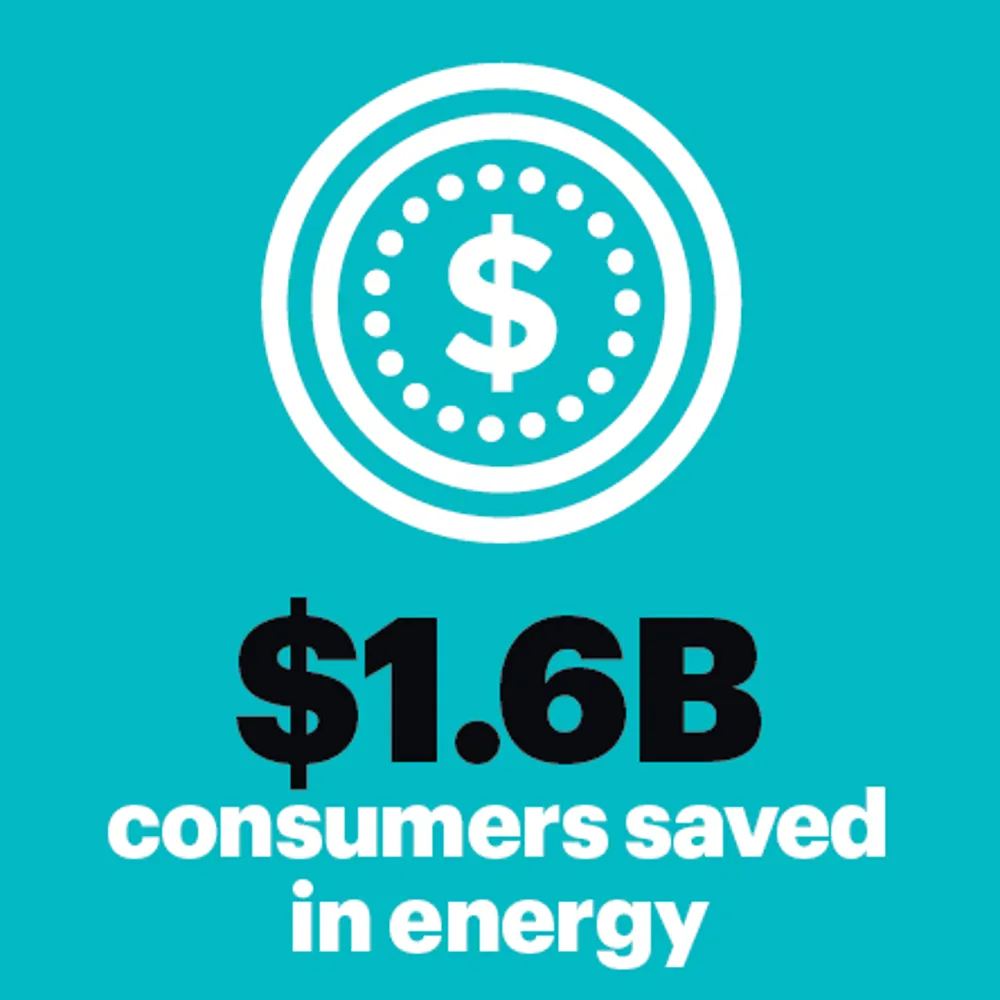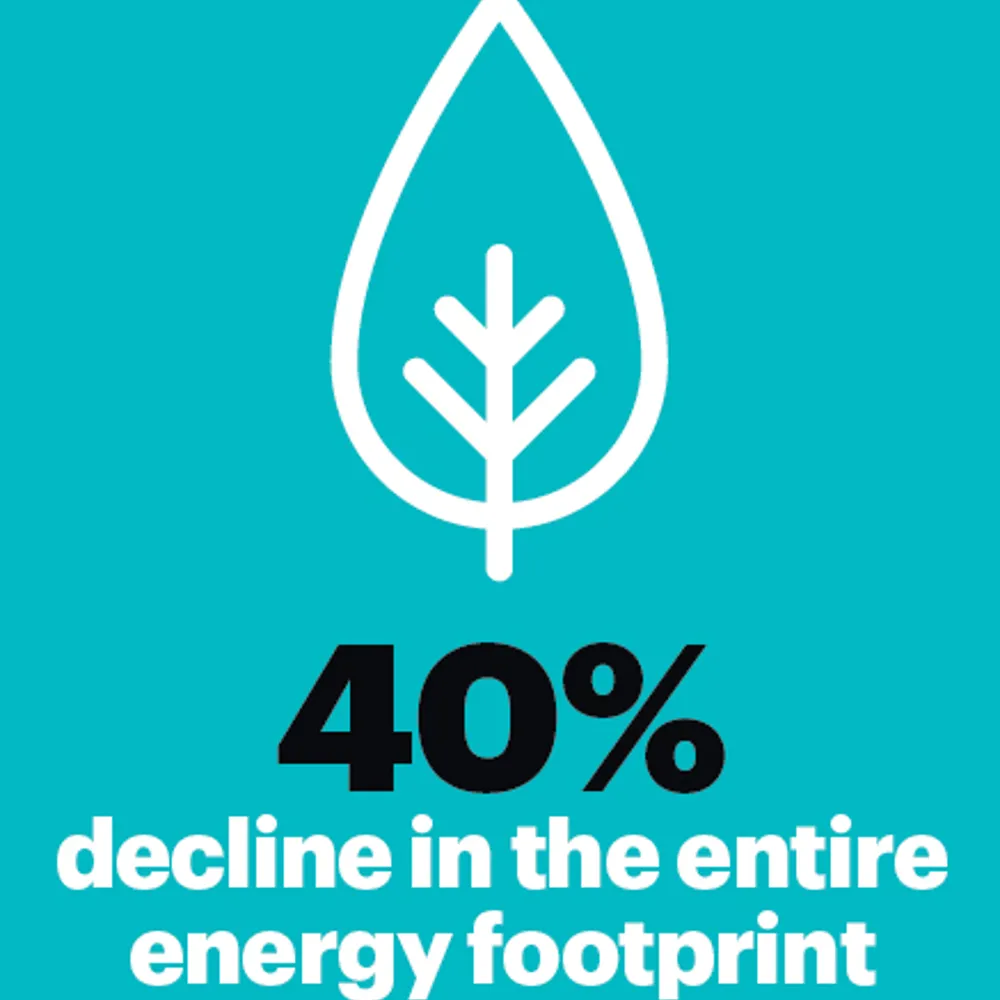Energy Savings on the Rise from Industry Set-Top Box Initiative
October 23, 2019


September/October 2019
More articles in this issue:
This year, consumers are expected to spend $17.7 billion on video software and streaming services - a 25% growth over last year - according to CTA's U.S. Consumer Technology Sales & Forecasts report. But even with multiple of ways to watch video content, whether on smartphones, tablets or laptops, millions of consumers still watch many of their favorite shows and movies through set-top boxes provided by pay TV service providers.
With televisions continuing to be the most owned tech product in U.S. homes with 95% of households owning one, according
To another recent study, CTA and NCTA - The Internet & Television Association have worked closely with the pay TV industry to
Help consumers save money and reduce carbon emissions. First launched in 2012, the voluntary set-top box energy conservation agreement has now saved consumers more than $5 billion in electricity costs and avoided 28.6 million metric tons of carbon emissions. According to its
Recent annual report, the money and energy savings earned through the agreement occurred even as these devices gained more features and capabilities.

Significant Savings
In discussing the impact of the agreement’s increased savings, Doug Johnson, CTA’s vice president of technology policy, says, “A 40% decline in the entire energy footprint of a category in only six years is a remarkable achievement that demonstrates the effectiveness of voluntary agreements.”
In 2018, the report’s most recent year, consumers saved roughly $1.6 billion in energy costs as a result of the voluntary agreement – up from $950 million in 2017 – and reduced their energy consumption as significantly. According to independent auditor D+R International, consumers have avoided a total of 28.6 million metric tons of CO2 emissions and reduced national set-top box annual energy consumption by 39% in the six years since launching. The energy saved during this period is enough to power all homes in the state of Pennsylvania for one year.
D+R also found 97.8% of service providers’ set-top box purchases in 2018 met the Agreement’s “Tier 2” levels established in 2017, exceeding its goal of 90% of new purchases meeting those levels. And even with more rigorous “Tier 3” levels scheduled to take effect in 2020,
78% of the signatories’ 2018 purchases have already met these levels.

New Options to Watch Video
Now consumers often watch video content through sources other than an operator supplied set-top box – resulting in agreement signatories purchasing only half as many new set-top boxes in 2018 compared to 2014. According to the independent report, consumers used more
than 36 million customer owned devices such as smart TVs, smartphones, tablets, personal computers and streaming devices such as Apple TV, Roku, Google Chromecast and Amazon Fire to access the providers’ video services via apps in 2018 – up by 33% (27 million) from 2017.
According to Noah Horowitz, senior scientist at the Natural Resources Defense Council, “The voluntary agreement accelerated a nationwide shift to more energy efficient set top boxes, and consumers and the environment are seeing big benefits.”
To learn more about the industry’s voluntary agreements and energy efficiency efforts, visit www.energy-efficiency.us.
Join our community of innovators and shape the future of technology.



